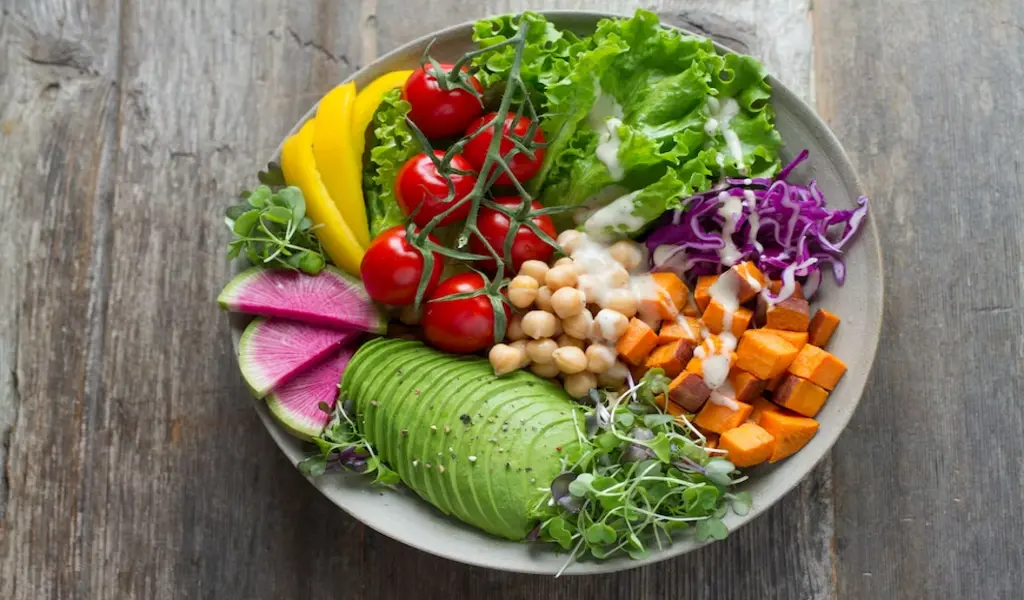Food
What Are the Top 10 Gluten-Free Foods?

If you’re following a gluten-free diet, you may be unsure of which foods are okay to eat and which ones aren’t. Following the guidance of your doctor or dietician is crucial, but it’s also important to educate yourself on which foods are naturally gluten-free.
We’re going to share 10 good gluten free food options, but first, let’s look at what gluten is and why it’s a problem for some people.
What is gluten?
Gluten is a general term used to describe proteins in wheat, barley, rye and triticale. It helps keep foods together and gives bread or pizza dough it’s “stretchy” quality.
You can easily find natural food with no gluten, but processed foods can be tricky. For example, gluten may be found in:
- Salad dressing;
- Sauce;
- Soup;
- Food coloring;
People with celiac disease cannot process gluten properly. These proteins trigger an immune response in the small intestine. Over time, this response damages the lining of the small intestine and prevents it from absorbing some of the nutrients in food.
If you’re avoiding gluten because you have celiac disease or gluten sensitivity, you may be wondering what you can and can’t eat. So, what foods are gluten-free?
10 Best gluten-free foods to try
There are many foods without gluten that are both healthy and delicious. Here’s a list of gluten-free foods to add to your menu.
1. Dark, leafy greens
Leafy green vegetables like spinach and Swiss chard are gluten-free and will add important nutrients to your diet, including:
- Vitamins K, A, E and C;
- Potassium;
- Manganese;
Other gluten-free leafy greens include:
- Collard greens;
- Arugula;
- Endive;
- Turnip greens;
- Romaine lettuce;
- Beet greens;
- Microgreens;
2. Berries
All varieties of fresh, plain berries are gluten-free, including:
- Strawberries;
- Blueberries;
- Raspberries;
- Cranberries;
- Goji berries;
- Acai berries;
- Blackberries;
Berries are typically rich in fiber, antioxidants, minerals, and essential vitamins (vitamins C and K particularly).
If you prefer frozen or canned berries, check the label first to make sure the product is really gluten-free.
3. Cruciferous vegetables
There are many gluten free vegetables, including those in the cruciferous family. Cruciferous vegetables include:
- Broccoli;
- Cauliflower ;
- Kale;
- Bok choy;
- Radishes;
- Turnips;
- Watercress;
- Brussels sprouts;
- Collard greens;
Cruciferous vegetables are naturally rich in:
- Vitamins C, E and K;
- Carotenoids, like lutein and beta-carotene;
- Folate;
- Essential minerals;
- Fiber;
4. Buckwheat
Don’t let the name fool you – buckwheat is naturally gluten-free. In fact, buckwheat is actually a seed from a flowering plant.
Buckwheat is a nutrient-rich food that’s high in:
- Protein;
- Fiber;
- Potassium;
- Magnesium;
- Calcium ;
- Iron;
- Folate;
- Vitamins K and B6;
- Niacin;
- Thiamin;
It’s important to note that buckwheat may be processed in a facility that also handles wheat, barley, or rye. Be sure to check labels before buying buckwheat.
5. Fish
Fish is also gluten-free as long as it’s fresh or frozen (unprocessed). Dried and smoked fish are also great options for a gluten-free diet.
You can eat any variety of fish or shellfish, including:
- Salmon;
- Trout;
- Tuna;
- Tilapia;
- Cod;
- Shrimp;
- Crab;
- Lobster;
Just make sure that you use gluten-free ingredients when preparing fish or shellfish. Always check labels if you’re buying pre-made or processed foods that contain fish.
6. Fresh meat
Like fish, fresh and unprocessed meat is also naturally gluten-free, including:
- Chicken;
- Beef;
- Turkey;
- Duck;
- Pork;
- Lamb;
- Venison;
Steer clear of meat products that are battered or breadcrumbed, as these will almost certainly contain gluten.
7. Dairy foods
Gluten isn’t typically found in dairy foods unless the product contains additives or flavoring. Plain Greek yogurt, for example, should be gluten-free. Of course, it’s important to check labels first just to make sure.
Aside from plain yogurt, other gluten-free dairy products include:
- Cottage cheese;
- Sour cream;
- Milk;
- Ghee;
- Butter;
- Cheese;
Ice cream and processed cheese products (like spreads and sauces) may contain gluten.
8. Eggs
Eggs are naturally rich in protein, iron, selenium and vitamins A, B2, B12 and B5. They’re also gluten-free.
Pasture-raised eggs tend to be higher in nutrients, particularly omega-3 fatty acids, vitamin D, vitamin E, and beta-carotene. If pasture-raised eggs aren’t an option, go for cage-free or quality local eggs.
9. Plain nuts and seeds
Plain seeds and nuts are rich in protein, healthy fats and essential vitamins and minerals. They’re also free of gluten, making them a great option for snacking.
Gluten-free nuts and seeds include:
- Walnuts;
- Peanuts;
- Almonds;
- Pecans;
- Macadamia;
- Pistachio;
- Pine nuts;
- Brazil nuts;
- Cashews;
10. Fats and oils
Most oils and fats are naturally gluten free products, but some products may contain additives, flavorings, or thickeners that contain gluten. Always read labels to ensure that any fats or oils you buy are truly gluten-free.
In conclusion
These are some of the best gluten free food options that you can add to your diet today. Most fruits, vegetables and meats are naturally gluten-free in their natural forms, which allows you to enjoy a varied and healthy diet.
Related CTN News:
Custom Cookie Boxes – Attractive and Affordable Cookie Boxes
Best Pickles Recipes with Mustard Oil & Rice Bran Oil
How to Make Regular Holiday Dishes in an Instant Pot





























